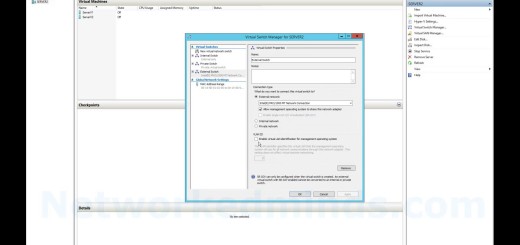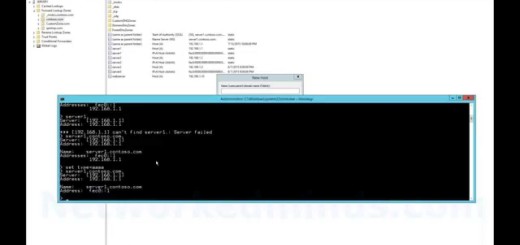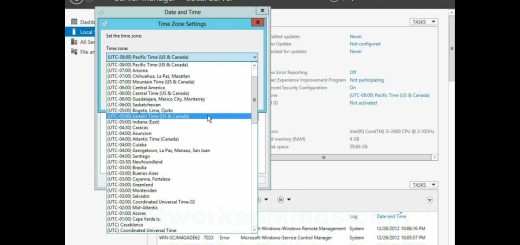70-410 Objective 4.1 – Configuring IPv4 and IPv6 in Server 2012 R2 Lecture Notes Part 1
In this video we will be investigating Objective 4.1 Configuring IPv4 and IPv6 in Server 2012 R2. In this lecture series we will discuss IPv4 and it is the first part of a two part series. We will first investigate what an IPv4 address is and how it is notated via doted decimal notation and CIDR. We then look at the classful addressing of IPv4 that the IETF originally planned out. We then look closer at Class A, Class B, Class C and Class D & E IP classes and understand the binary behind them as well as their ranges and default subnet masks. We also look at how many valid IPs we can have in each IPv4 class. I briefly talk about Multicast and Class E network use. We then understand Classless Inter Domain Routing or CIDR which is what we use today for expression of both networks and defining the subnet mask of an individual IP. We then discuss the public IP structure and what makes and IP a public IP, as well as the RFC 1918 address space for private use. I then briefly explain subnetting of IPv4 as it is not an objective for the 70-410, however it is useful to understand to a point why and how we subnet. We also look at Suppernetting of IPv4 for firewall rules and describing larger networks. Last we look at the 3 basic method of assigning IPv4 IP addresses to Windows Server 2012 R2, as well as identification of APIPA.
IPv4 addressing – 0:10
IPv4 Classful Addressing – 1:12
Class A IPv4 addresses – 2:31
Class B IPv4 addresses – 3:50
Class C IPv4 addresses – 5:10
Class D & E IPv4 addresses – 5:57
Classless Inter Domain Routing (CIDR) – 7:12
Public IPs vs Private RFC1918 addresses – 8:45
Subnetting IPv4 – 11:08
Supernetting IPv4 12:16
Assignment of IPv4 addresses in Windows Server 2012 R2 – 13:30


